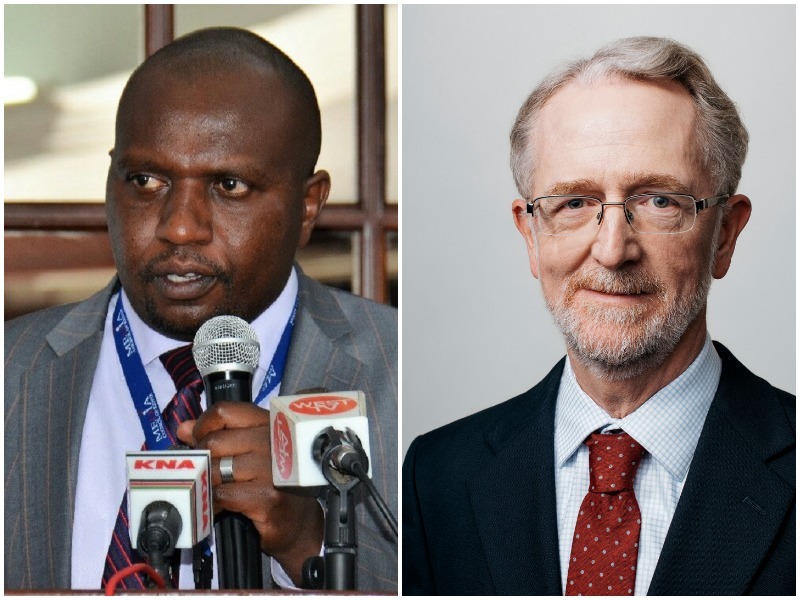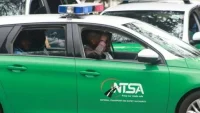One day after the Media Council of Kenya (MCK) wrote a protest letter to The New York Times over use of graphic images in one of its stories on the Riverside Terror Attack, the regulator has in a fresh statement demanded that the American publisher pull down the photos hours after the media house defended its editorial decision.
In the Q&A article Why The Times published a disturbing photo of dead bodies after an attack in Nairobi published on its website, the media giant on Thursday made a passionate defence of its decision saying that it has an obligation to its readers to show them the real picture on the ground arguing that the editorial policy helps in bringing necessary change.
“We believe that our coverage contributes to national and global discussions on national security, foreign policy, America’s role in international conflicts, gun violence and terror. If we shy away from showing the real consequences of some of these policies, then we are doing our readers, and even those who make some of these policy decisions, a disservice,” says The Times’ Director of Photography Meaghan Looram when asked by a Kenyan why they used the photo.
In a quick rejoinder, MCK however says it is not buying NYT’s explanation and is insisting that the photos must be pulled down and an apology be issued.
@MediaCouncilk CEO @DavidOmwoyo has responded to @nytimes Standards Editor @corbettNYT on their coverage of the #riversideattack@spj_tweets @fcaea @vicbwire pic.twitter.com/aNSLflRkeJ
— Media Council of Kenya (@MediaCouncilK) January 18, 2019
READ: MEDIA WATCHDOG VS NEW YORK TIMES: WHO WILL BLINK FIRST?
“While we understand your insistence on showing your readers around the world a clear picture of a horror attack like this’ we strongly disagree with publishing mutilated bodies especially during an active incident while friends and relatives are scrambling to find their loved ones. Relatives cannot learn the death of their loved one from the media in the name of showing the world,” reads a statement signed by MCK’s CEO David Omwoyo.
The watchdog also rejected the explanation that the publisher’s besieged incoming East Africa Bureau Chief Kimiko de Freytas Tamura played no role in the publishing of the photos.
“MCK disagrees with your notion that the regional bureau chief and journalists in Nairobi are not responsible for the content originating from their station. By accepting to be accredited by the MCK as required by law your staff working in Kenya are bound by the code,” further read MCK’s statement.
SEE ALSO: FOR NYT JOURNALIST, TERROR FROM GORY PHOTOS
Ms Looram had in the article defended Ms Tamura from heavy criticism by Kenyans saying “Let me first say that editors in New York made the decision on which images to publish with the story. Our reporter did not have any input into this decision.
Further, The American media house gave illustrations of instances they used disturbing images to tell stories in the US and other parts of the world.















3 Comments